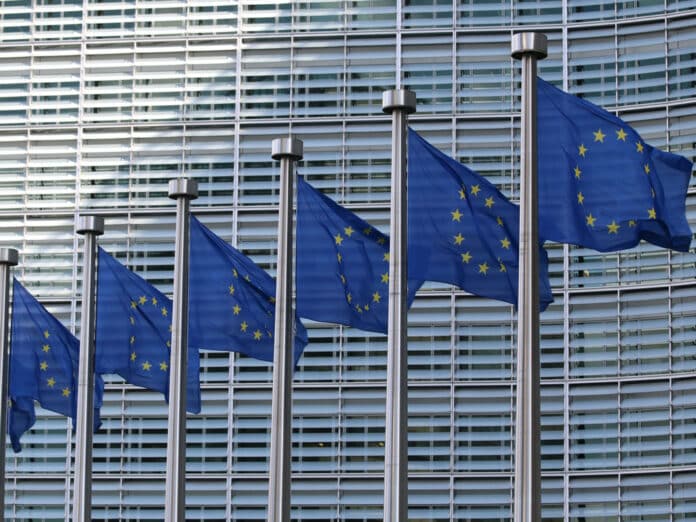The Corporate Sustainability Reporting Directive (CSRD) was adopted by the European Commission in June 2022 and will increasingly affect corporate reporting starting with the financial year 2023. The directive means that more companies will be required to report on sustainability, more sustainability information will be required and common standards will be developed to enable comparability and digitisation.
In November, EFRAG SRB (European Financial Reporting Advisory Group, Sustainability Reporting Board) published and submitted the first set of draft European Sustainability Reporting Standards (ESRS) to the European Commission, which intends to make its decision in June 2023. The drafts include 12 standardisation proposals and have been significantly streamlined compared to the preliminary proposals from last spring following public consultations. However, ESRS is still a complex reporting system with both qualitative and quantitative data points to report, digitise and link to financial reporting.
We put some questions to Tord Andersson, a member of the Sustainability Profile project team, about the significance of the new proposals on sustainability reporting in the EU. Andersson has a degree in engineering, also studied business administration and eventually ended up in the financial industry, doing a PhD in accounting and becoming interested in the digitisation of financial and sustainability information and their standardisation. He stresses the importance of the ongoing standardisation work and believes that it “is positive for the development of financial analysis and econometric models, which can also be used in investment processes, including through AI” and he hopes to contribute to Swesif members starting to think “whether, and if so how, they can eventually use digital Taxonomy data in their investment processes (both ESRS and ESEF), for example through AI”.
As of 2021, in addition to the EU, the International Financial Reporting Standards (IFRS) Foundation is developing proposals for sustainability standards within the framework of the International Sustainability Standards Board (ISSB). Dialogue is ongoing between the two initiatives and some wording in the ESRS has been adapted to the language of IFRS. The ongoing international harmonisation is a major step in the right direction in terms of sustainability disclosure requirements but also in enabling the digitisation of sustainability data, increasing the likelihood that a “global baseline” can take shape and thus a core digital taxonomy eventually become possible. Coming up with uniform standards for sustainability reporting globally, what IFRS calls a “global baseline,” is the most important issue of all, according to Tord Andersson. The process is not easy because the two parties have different starting points: the EU, through CSRD, has a broad stakeholder perspective focusing on the value chain and dual materiality, i.e. how a company affects its environment and is affected by it in terms of sustainability factors; IFRS has a narrower investor perspective focusing on company valuation and financial materiality. In terms of greenhouse gas reporting, both initiatives work in parallel towards the same goal, which Tord Andersson stresses is important because “global warming engages and is thus particularly important for the acceptance of ESRS in society”.
For the Sustainability Profile, two implications can be seen, he explains, firstly sustainability standards as such with an impact on SFDR and secondly a possible automation in the long run. The ESRS contains data points required by the SFDR and “the availability of this data should make it easier for funds to report to the Sustainability Profile in the long run”. Although much will be known in 2023 regarding reported facts, it is only in 2025 that information will become available regarding large public companies, which in 2024 will have to produce information according to the ESRS standards and its Digital Taxonomy. However, a lot can happen before then and Andersson’s assessment is that it is still too early to judge when a real automation of the Sustainability Profile may become a reality.


